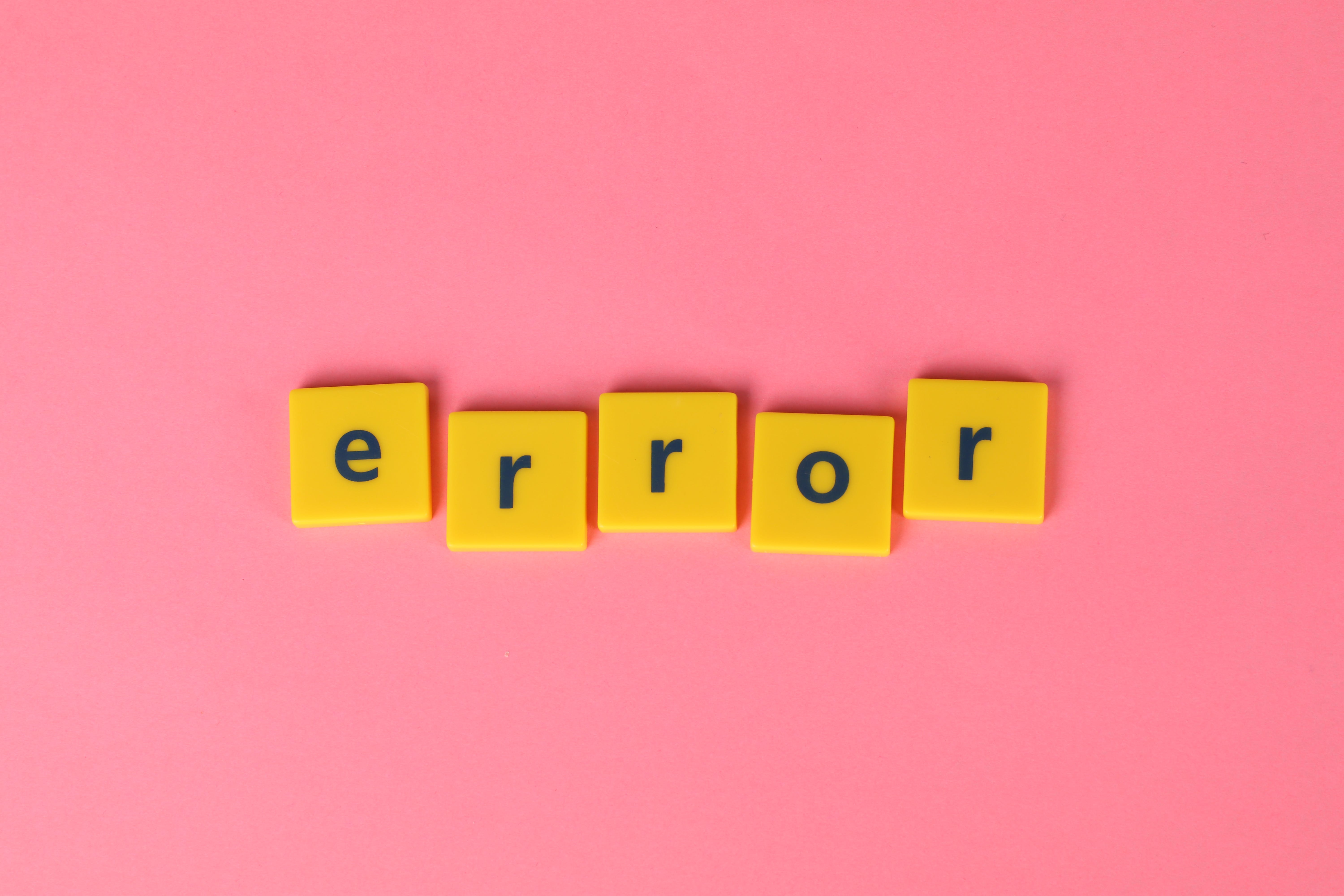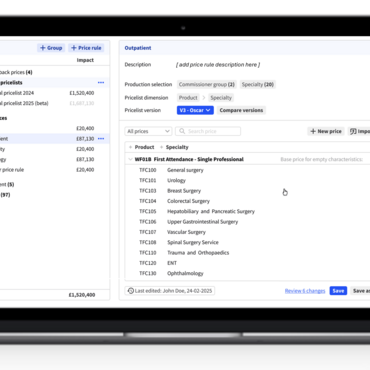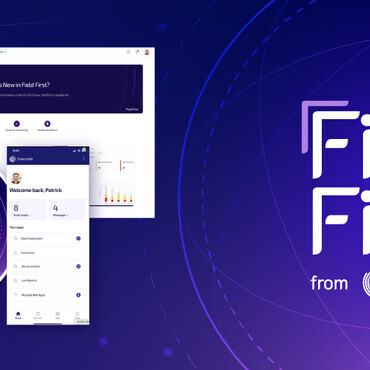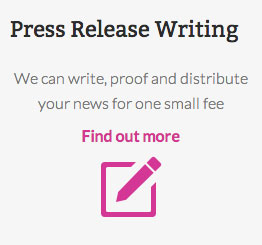The 10 worst mistakes you can make when sending a press release (and how to fix them)
PUBLSHED 31/12/2023 by Alison Lancaster CEO of Pressat

Press release pitfalls: Avoid these 10 mistakes for maximum impact in your charity campaign
In this guide we cover the top ten mistakes you can make when sending a press release to journalists. This guide is aimed more at charities, non-profits and similar organisations and is in collaboration with our free PR scheme.
Does your organisation need to create an impact with journalists, editors and decision makers? We’ve compiled the top ten mistakes we see here at Pressat, errors that can so easily be avoided but can make a huge difference to the success of your public relations campaign.
1. A confusing subject line
As the saying goes you never get a second chance to make a first impression – so make it worth your while! Did you know that 90% of an advertisement rests on its headline? The same applies with a press release. If you want a reporter to take notice, you need to have a banging subject line. Reporters delete a large majority of the emails they get without even reading the body text, so you need to make sure you catch their eye with a subject that creates emotion.
For example, why would anyone open a press release titled ‘XYZ Solutions has just partnered with Advanced BSGF Logistics to deliver an increase in benefits to customers’. It doesn’t sound so interesting. Make your subject lines catchy in just 5–10 words. Journalists are humans like everyone else, prone to be taken in by a hook.
2. A poor opening paragraph
So now you’ve got your subject/ headline sorted but follow it up with a waffly opening paragraph, reporters will most likely not even read the rest, and hit the trash icon. Their time is short and they are overworked, so they need to sift information quickly to assess whether they can use it. It’s paramount that your opening paragraph is clear, easy to read and includes all the most important points about what’s in the rest of your press release.
3. Unnecessarily complicated text
We just mentioned that your opening paragraph needs to be on point, but of course this applies all the way through your press release too, yes it’s complicated to get it right but worth the effort! Don’t use too many buzzwords where none are needed. Don’t make sentences exceedingly long in huge blocks of text when they could be broken up. Where possible, do give them short soundbites that are easy to digest and spark emotion, these could be quotes or survey results
4. Poor-quality images
A single image paints a thousand words, so only try to provide high-quality images, or no images at all. There is nothing worse than providing bad images and wasting the journalist's time with a back and forth dialogue with requesting/ waiting for more. We think ten 25MB high-res pictures paint more words than the journalist has time to bother with. Make journalists’ lives easy for them: two or three pictures that are high-res but saved for web should be all that’s needed. Just make sure the pictures you do send illustrate your point well and capture what you’re saying. They should look great too!
Don’t forget to provide captions telling who or what is in each picture.
5. Spelling or grammar mistakes and typos
Simply put, proofread what you put out. Here at Pressat we’re happy to make any changes to your press release once it’s been published, but we suggest you get a friend, a colleague or even our copy-proofing add-on to minimise any errors that will undoubtedly put off journalists. Everyone makes mistakes but you can mitigate them for not a lot of effort.
6. No hook or story
Your PR doesn’t need to have all the drama of a Hollywood blockbuster (although that would be amazing), but it does need to appeal to core senses, as journalists want to write articles people will actually read. Make sure the hook triggers a key emotion – happy, surprised, afraid, disgusted, angry, sad – and it will reel the journalist in, as long as it’s accurate, that is! Here are some press release ideas to get you started and our guide to writing one.
7. No phone number!
Yawn! It’s such a bad error, but it’s done more times than you can imagine. If the journalist likes what they read, there’s every chance they may want to contact you to dig deeper into the story. They may even want to do much bigger coverage on you than you originally envisaged, but you’ll never know if you don’t give them an easy way to instantly talk to you, the human being. So never issue a release without a phone number.
Always make sure to include your number.
8. Delays in answering queries
Everyone loves fresh things and so do journalists. So imagine a journalist has contacted you right after your press release has been distributed– great! It means they’re interested, but they won’t be forever. They’ve got hundreds of other stories vying for their attention, so if you dilly-dally in replying, they may have found another fish to fry. Strike while the iron is hot and get back to them ASAP making sure to clearly answer any questions they may have.
9. Not scoping out the publication
Vegan Weekly will not be interested in a press release on the new steakhouse you’ve just opened. Make sure you do your research to ensure that the publications you’re approaching write stories about the types of thing in your press release, otherwise it’s just a big fat waste of your time and theirs.
So when creating your campaign on Pressat, remember to select only the relevant categories, choose only the related add-on circuits and, if required, make our editors aware of any story-specific ideas or constraints.
10. Out of office
You wouldn’t believe the number of people who ‘leave the office’ seconds after sending out a press release. Please stick around to answer any urgent questions a journalist may have, or, if you really do have to get to the doctor, barber, dentist or whatever, leave the details of a colleague.







